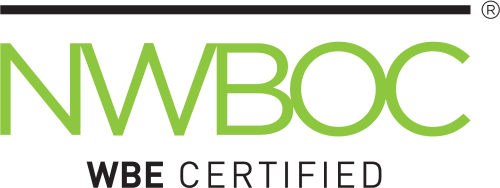Infographic
Understanding government employee burnout
Government employees continue to report high levels of burnout according to our latest research on burnout across the nation. Among government employees experiencing burnout, a staggering proportion say it impacts their health and wellness, attendance at work, and their ability to serve customers. Most troubling, the research finds that the majority of managers aren’t taking action when an employee expresses burnout. Explore the full findings below.
Methodology
The findings are from the ongoing Eagle Hill Consulting Government Employee Burnout Survey conducted by Ipsos, most recently in August 2024. The survey included 531 respondents from federal, state, and local government employees across the U.S.
*In August 2024, response options for the survey question “Are you feeling burnout at work?” removed reference to the COVID-19 pandemic.

